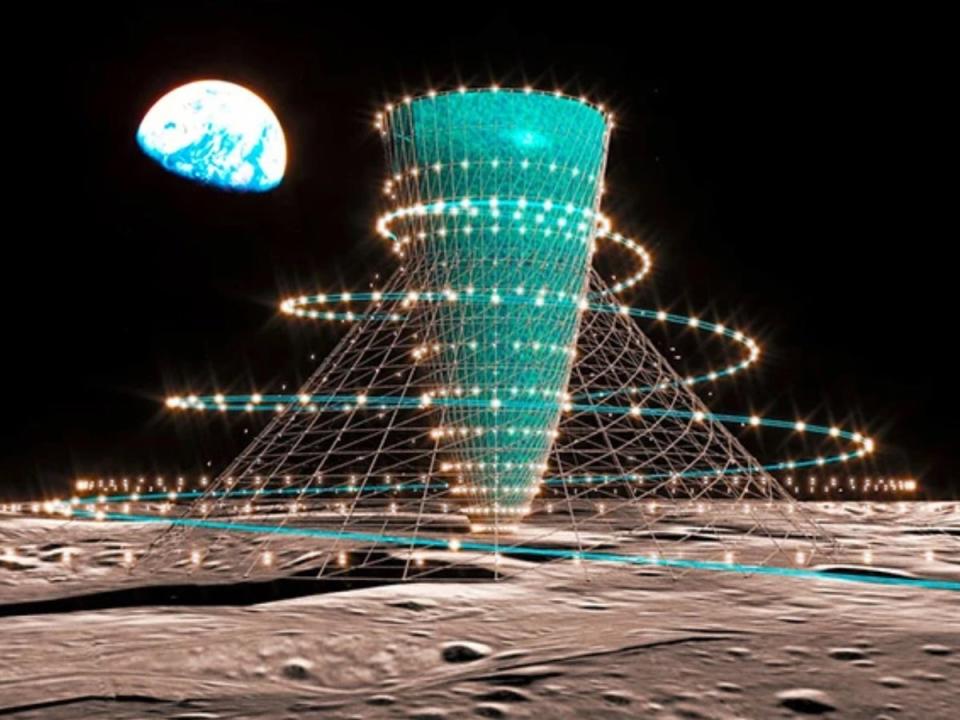Japan unveils artificial-gravity Moon base plans

Researchers in Japan have unveiled plans for “artificial gravity living facilities” on the Moon.
The moon base concept, which was developed through a collaboration with Kyoto University and the contractor Kajima Corp, also included a lunar transportation system that could shuttle people between the Earth, Moon and Mars.
The core idea is to use centrifugal force through rotational motions in order to recreate the Earth’s gravity, which is six times greater than the Moon’s.
“There is no plan like this in other countries’ space development plans,” Yosuke Yamashiki, director of the SIC Human Spaceology Center of Kyoto University, said during a news conference unveiling the plans, the Asahi Shimbun reported.
“Our plan represents important technologies crucial to ensuring human beings will be able to move to space in the future.”
The Lunar Glass facility also aims to mimic Earth’s biodiversity through forests and waterfronts. A simplified version could be completed by 2050, while a full-scale version would likely take another 70 years.
Several other countries are also planning permanent bases on the Moon, including the US, Russia and China.
Nasa’s Artemis program aims to return humans to the Moon no earlier than 2025, before construction of a lunar outpust begins in 2026 or 2027.
A similar timeframe is also in place for the International Lunar Research Station, a joint venture between China and Russia. Both countries signed a cooperative memorandum in March 2021, with the stated aim of building a “multidisciplinary research an multipurpose work” that would rival Nasa’s facility.
Nasa has previously warned about the health risks of prolonged exposure to weightlessness and low gravity, meaning any technology to counter these effects could prove useful.
“As the idea of living in space becomes more realistic, the problem with the low gravity, which I intuitively became aware of when I was a child, is an issue we must overcome,” said Takuya Ono, a senior researcher at the Japanese contractor Kajima.
“We are committed to achieving the plan so it will be useful for human beings.”

 Yahoo Finance
Yahoo Finance 